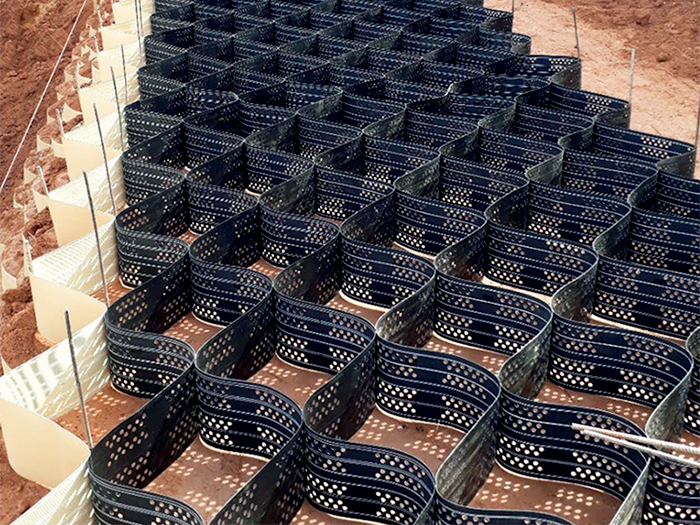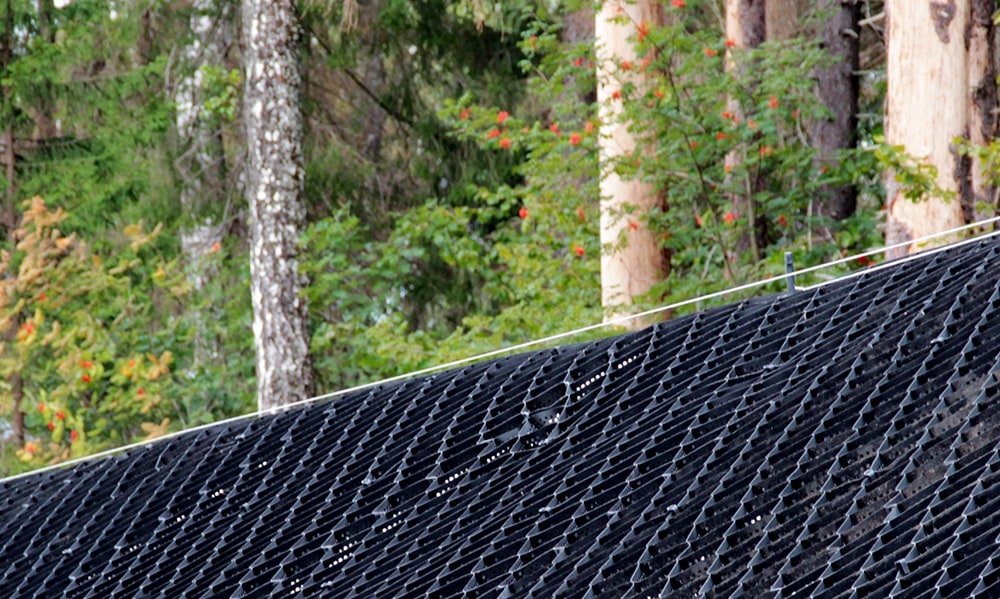Panel Discussion: Reinforcement of Roads with Geosynthetics
Reinforcement with geosynthetic materials significantly increases the service life and operational properties of the road. The choice of material depends on the characteristics and nature of the loads on the structure and several other factors.
What characteristics (parameters) do the customer most often pay attention to when choosing one or another reinforcing material? What changes have occurred over the past year and a half in the production of geosynthetic materials used for reinforcing? Specialists from different companies that develop and produce materials for reinforcing road structures have answered these and other questions.
We publish the answers of the leading engineer of the Technical Department of PRESTORUS LCC, Anton Goncharov, to the questions of the editors of the «Road Nation» magazine.
1. What characteristics of geosynthetics used to strengthen foundations and reinforce soft soils are especially important? Are there any discrepancies with the existing standards and recommendations for the selection and quality control of geosynthetic materials currently used in the construction of road facilities?
Our company is engaged in the production of innovative three-dimensional geocells that can be used in the construction of roads and earthfills on soft soils. The characteristics of the materials that we take into account when designing constructions with our products can be divided into three groups.
The first group is geometrical parameters: cell size, module height. The smaller the side of the cell and the higher the geocell, the higher the reinforcement coefficient of the composite layer.
The second group is the physical and mechanical characteristics, which include the strength of the tape, the strength of the welded joints (seams), the elongation at maximum load, the elastic moduli of the material at different temperatures, etc.
The third group concerns the indicators of product durability: the ability of our geosynthetic materials to maintain their properties when exposed to adverse factors:
- Ultraviolet radiation
- Aggressive environment (acids and alkalis)
- Microorganisms
- Resistance to freezing and thawing
- Damage during installation
The current regulatory documents regarding the choice of three-dimensional geocells, in general, take into account these specifics well and give recommendations on the selection of the minimum characteristics depending on the field of application.
2. Do geosynthetics allow to reduce the amount of natural resources used, thereby contributing to a beneficial effect on the environment?
Yes. For example, in 2020, we implemented several road construction projects on soft soil, with a depth of more than two meters in the Leningrad Region. The design solution to improve the stability of the earthfill involved the complete replacement of the soft soil with a deepening of 20 cm into the mineral bottom. The use of our materials and solutions made it possible to increase the stability of the earthfill and reduce its settlement while saving more than 300,000 m3 of imported sand. This also made it possible to turn down the development of two quarries, which in the future could turn into unauthorized landfills for household waste. In addition, since there was no need for sand delivery to the site, it reduced exhaust emissions, which has a beneficial effect on the environment.

Reinforcement of soft soils with three-dimensional geocells

 About Us
About Us 






